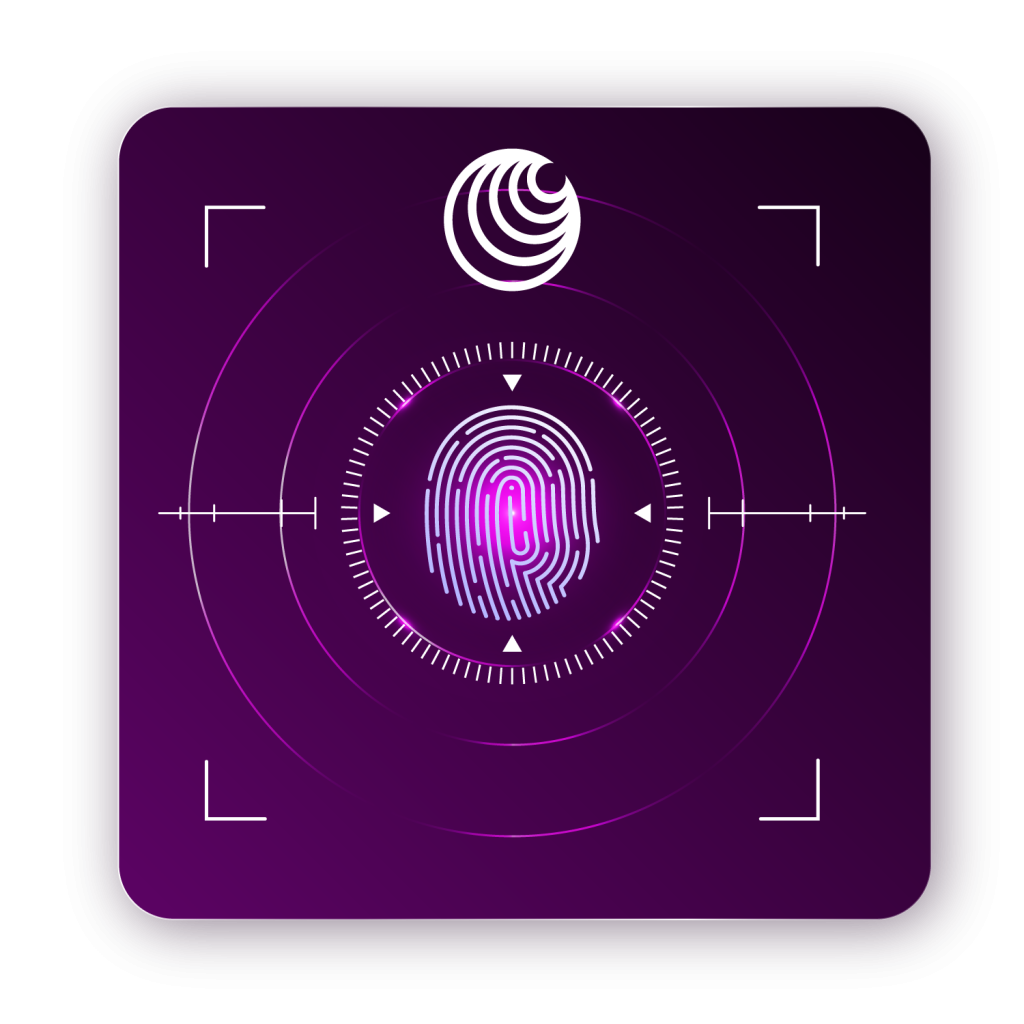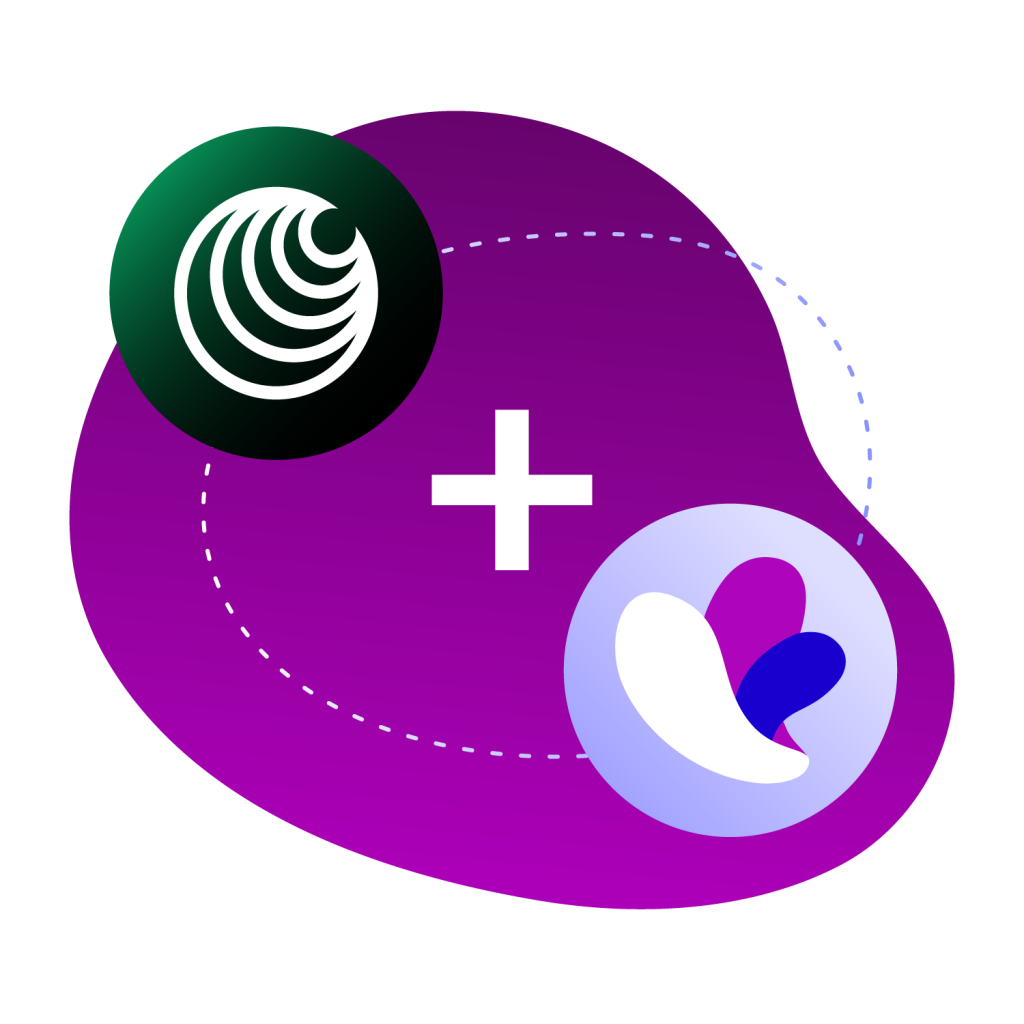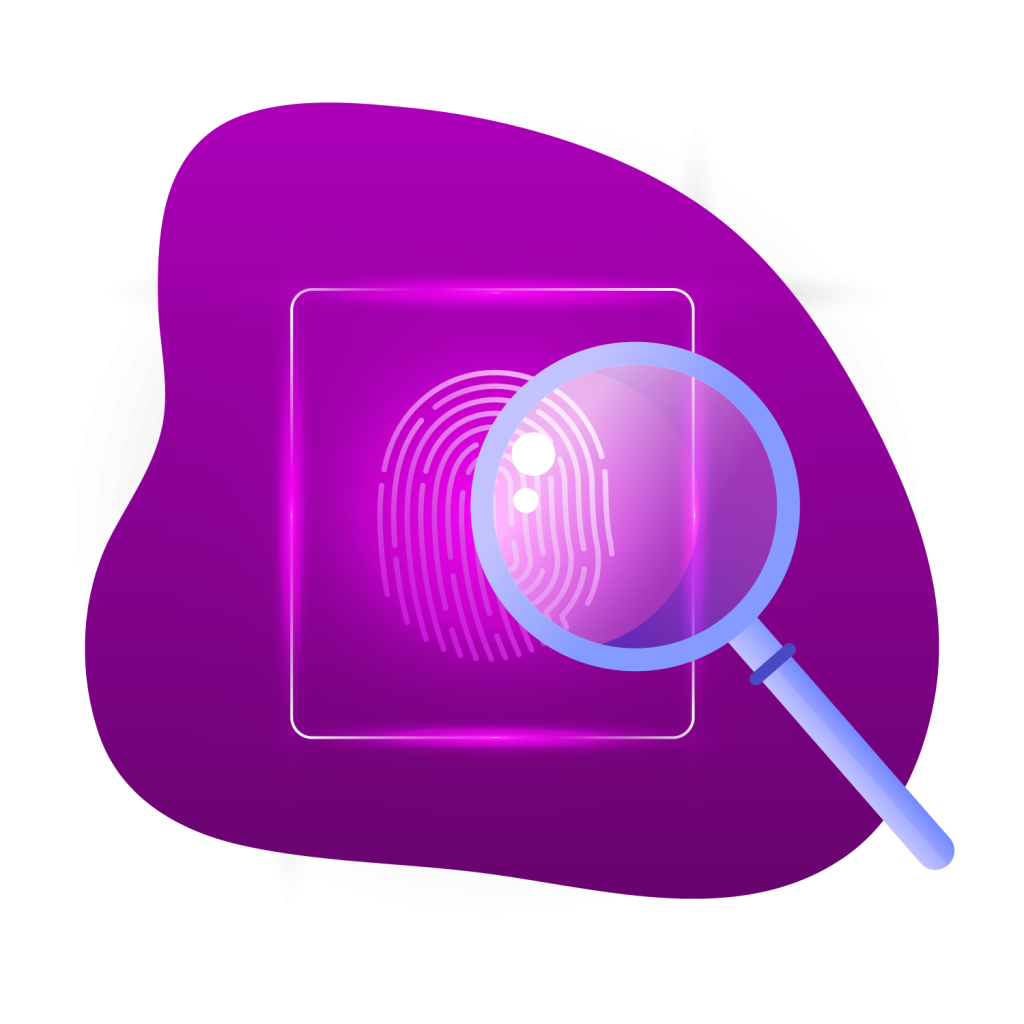
- Multiple browser profiles
- Workflow optimization
- Team collaboration
- Synchronized browser profiles
- User-friendly
Detect Browser Fingerprint Leaks with Pixelscan
Pixelscan helps you audit and perfect your browser profiles. Detect hidden identifiers, fix leaks and stay undetectable.
- Trusted by 1 million+ users


Each Profile Has a Fingerprint - the Wrong One Gets Detected
Websites track more than just your IP address – they read your browser fingerprint: canvas hash, WebGL vendor, system fonts and user-agent strings. When these values reveal automation or don’t match up, you’ll get flagged, resulting in possible blocks or bans.

Pixelscan Reveals What Detection Systems See
Run your Incogniton browser profile through pixelscan.net and discover if your browser setup looks natural or suspicious. Pixelscan checks for fingerprint inconsistencies, allowing you to adjust settings and fix issues instantly.
Incogniton builds the profile. Pixelscan checks the quality – free, no login required and suited for any device with a modern browser.

When to Run a Pixelscan Test
Pixelscan works best as part of your routine browser hygiene. Here’s when to use it:
- After creating a new browser profile
- After editing key settings
- After a flag, ban, or verification request
- Before using a profile on high-risk platforms
Check Your Browser Fingerprint in 4 Simple Steps

1. Visit pixelscan.net
Navigate to pixelscan.net in your Incogniton browser. No login or download needed.

2. Click “Start Check.”
Let the scan run completely before clicking anything else. It finishes in a few seconds.

3. Review the Summary
Review the summary - it instantly tells you if your fingerprint looks suspicious.

4. Scroll Down for Details
Scroll down on the page for more details about the different categories.

Why Incogniton Complements Pixelscan Perfectly
Spot hidden leaks instantly
Detect mismatched or exposed browser data and immediatly fix issues to optimize your profile.
Work smarter and save time
Save hours troubleshooting bans or blocks - instantly discover browser fingerprint issues.
Easy-to-use
Navigate directly to pixelscan.net from your Incogniton browser profile, no setup required.
Stay undetectable
Audit and refine your browser profile settings before websites can flag it.
Start for FREE Today
Sign up now with 10 FREE browser profiles and start protecting your online identity.
Frequently Asked Questions
Do I need a perfect scan result on Pixelscan?
No. Most real users have slight imperfections or inconsistencies in their browser environment. The goal is not to achieve “zero issues” all the time, but to create a profile that appears natural and consistent. Regardless, Pixelscan helps you spot glaring red flags, like mismatched language and timezone, or identical rendering hashes across profiles.
How often should I test my profiles?
You should run a Pixelscan test every time you create a new browser profile, especially before logging into high-risk platforms like Google Ads, Amazon Seller Central, or Meta Business Manager. It’s also good practice to test after making any significant changes, like adjusting WebGL settings, switching proxies, or modifying system language. Consistency over time is key, so repeat scans help confirm your profile hasn’t drifted into suspicious territory.
Is Pixelscan better than Whoer.net?
They serve different purposes. Whoer.net checks for basic privacy leaks like IP address, DNS leaks, and proxy detection, and includes a basic fingerprinting test. But its analysis is more surface-level. Pixelscan goes deeper, focusing on complex browser metadata, like canvas fingerprints, WebGL details, and hardware characteristics. If anonymity is your goal, both tools can be useful in your toolkit, with Pixelscan offering more granular visibility into fingerprint components.
Does Pixelscan save my results?
No. Pixelscan does not store or log any scan history. It’s designed to be lightweight and privacy-first. If you’re tweaking browser setups or running A/B tests across different profiles, it’s up to you to manually copy or screenshot your results for future comparison.
Can I automate fingerprint scans with Pixelscan?
Pixelscan doesn’t have an official API or automation support, but some advanced users have created headless browser scripts to run tests and extract fingerprint data. This requires technical setup and won’t fully replicate manual behaviour. If you rely on automation, just know that Pixelscan is meant for interactive auditing, not passive surveillance.
Does Incogniton integrate directly with Pixelscan?
No, there’s no formal integration between the two tools. But many Incogniton users incorporate Pixelscan into their daily validation workflows.
A typical flow looks like this: you create or edit a browser profile in Incogniton, start it, then immediately run a scan on Pixelscan.net to confirm the fingerprint appears natural. This helps avoid bans or verification challenges before logging into critical accounts.

